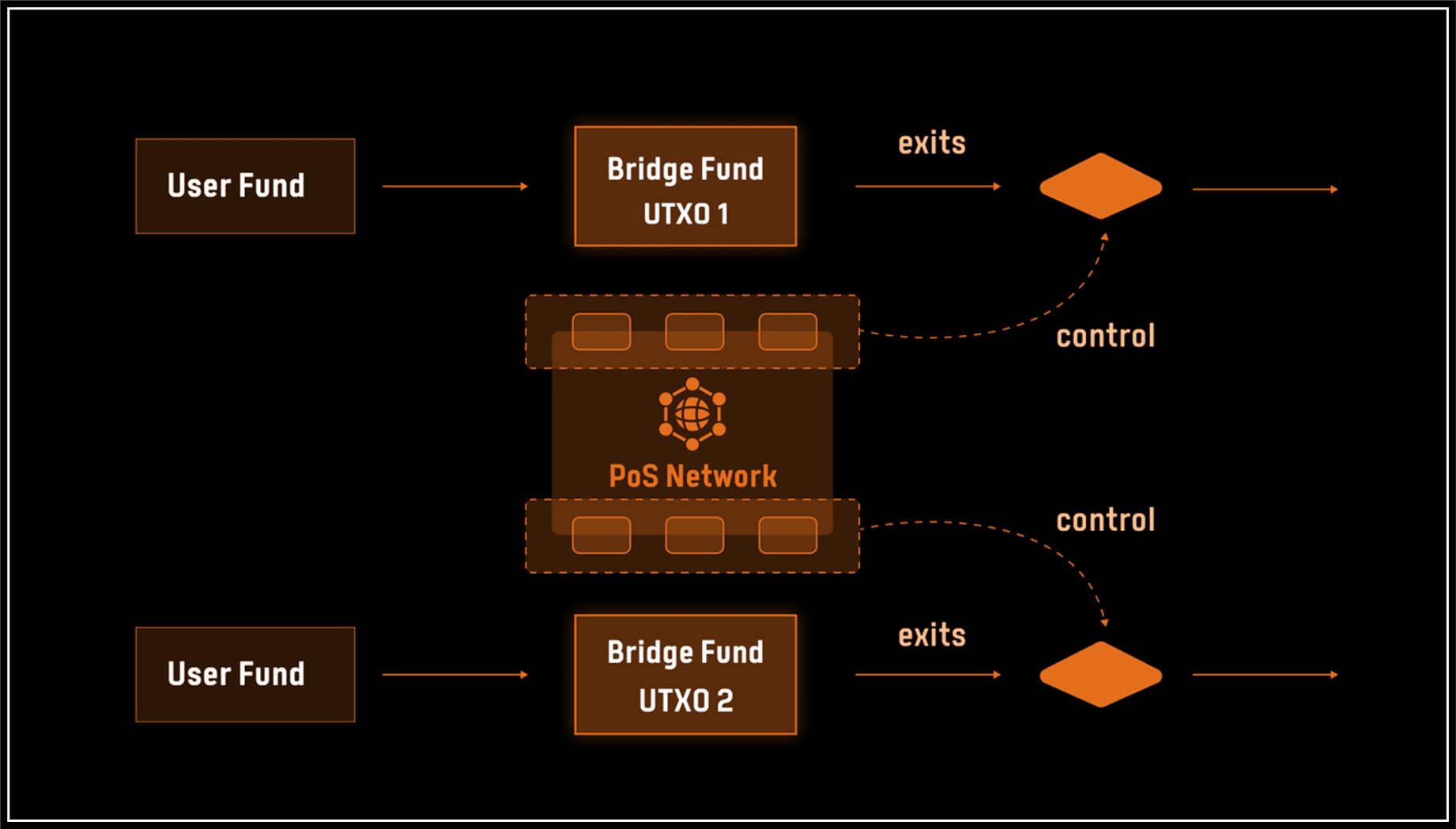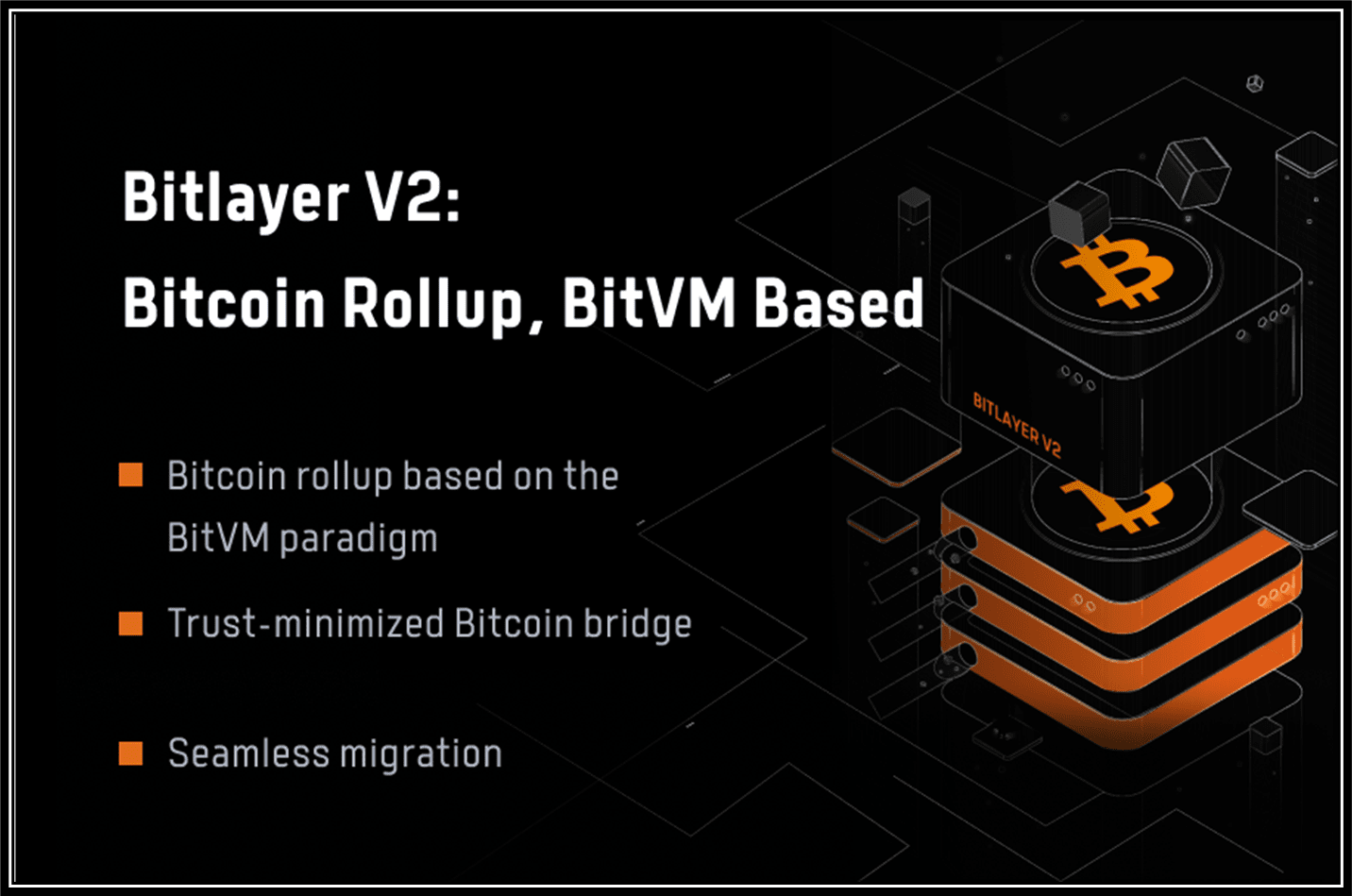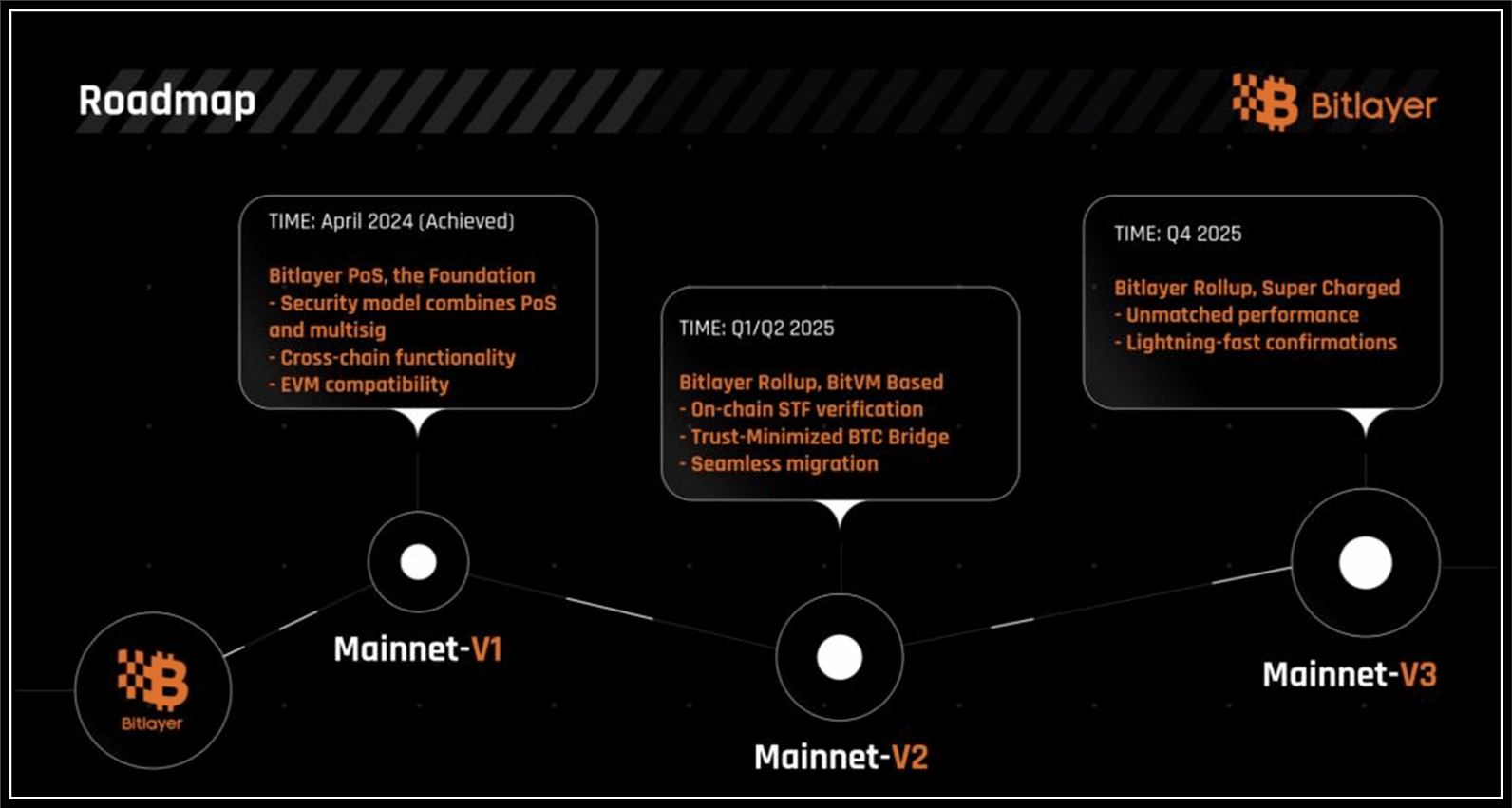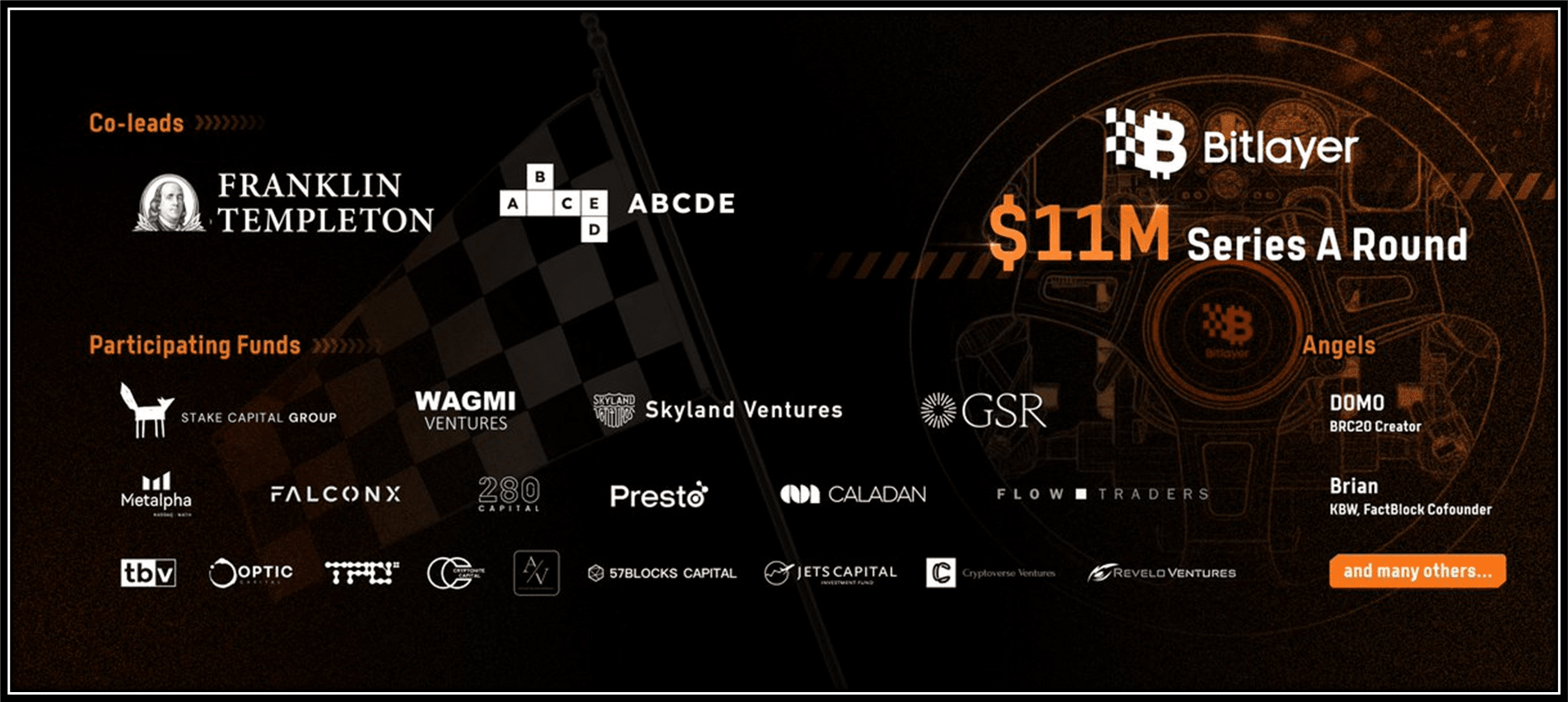In the vast realm of the Bitcoin ecosystem, Bitlayer, as an innovative second-layer network, is quietly changing the game rules. 💡 Its native token BTR is not just a circulating tool; it is the very framework and engine of the entire system. Unlike a pure governance token, BTR cleverly integrates the security of Bitcoin with efficient DeFi applications, allowing holders to feel a tangible sense of participation and return. Today, we will discuss BTR from a less-known perspective — how it acts like an invisible guardian, maintaining network stability while amplifying the value of Bitcoin assets. Don't rush; we will break it down step by step.
🔒 BTR's staking mechanism: dual protection from security to yield
Imagine the rock-solid PoW consensus of the Bitcoin main chain, now cleverly leveraged by Bitlayer's PoS layer. BTR plays a core role here: validators must stake BTR to join the consensus network, which is not just a threshold but a symbol of responsibility. 📈 According to Bitlayer's architectural design, the influence of validators who stake BTR is proportional to their holdings, and it can attract other holders to delegate tokens, forming a community synergy.
Why is it called an invisible guardian? Because under the recursive BitVM framework, BTR staking directly anchors the security of Bitcoin. In the event of malicious behavior, the staked BTR will face penalties, which is more reliable than mere economic incentives. As for the holders? They not only earn block rewards but also can share in the ecological fund. For example, if you stake 1000 BTR and participate in block production, you can enjoy the rapid transaction experience brought by sub-second soft finality, and you might receive Bitcoin-level security returns after hard finality settlement. 😎 This mechanism transforms BTR from a static asset into a dynamic guardian, ensuring the network does not collapse under high throughput.

Even cooler, BTR's yield design draws from the yield-bearing asset concept of YBTC. By staking, holders can indirectly participate in the cross-chain transfer of Bitcoin assets, such as converting BTC to YBTC for liquidity in DeFi. This is not just an innovation at the technical level; it also allows BTR holders to feel the spillover effect of Bitcoin's massive capital. To be more professional, BTR's PoS consensus integrated with the BitVM bridge achieves minimal trust — without additional assumptions, it enables the untapped potential of Bitcoin to be released.
🌐 BTR's multidimensional role in ecological expansion
Bitlayer's modular execution layer allows the role of BTR tokens to extend far beyond staking. It acts like a web, connecting developers, users, and institutions. 🛠️ In community governance, BTR holders can vote to decide epoch reconfigurations, such as adjusting the validator set or upgrading protocols. This prevents power concentration and ensures the network remains decentralized like Bitcoin.
Think about it, in the cross-chain bridging scenario, how does BTR amplify value? When operators rotate, Bitcoin needs to be locked as collateral, but the staking mechanism of BTR provides additional buffer. If an operator fails in their duties, BTR holders can intervene through a challenge mechanism to maintain the continuity of state transitions. 📊 Data shows that this recursive verification protocol can settle layer two state security on the Bitcoin main chain, and BTR is that 'key' — it incentivizes honest participation and punishes fraud.

From a DeFi perspective, the utility of BTR shines even brighter. YBTC, as a yield-bearing asset, allows BTR holders to earn additional income in decentralized lending or prediction markets. But what about BTR itself? It supports the deployment of modular smart contracts, and developers can stake BTR to apply for funding support to build NFT or gaming applications. This creates a virtuous cycle: more applications land, BTR demand rises, and value naturally increases. 🚀 Professional analysis highlights that BTR's economic model emphasizes long-term holding, lowering the threshold for small holders through delegation and rewards, transforming the Bitcoin ecosystem from an elite game into a feast for the masses.
⚡ BTR's resilience and innovative pathways in the face of challenges
Of course, no token is perfect. Bitlayer's BTR must also demonstrate resilience in the face of quantum computing threats or regulatory pressures. 🔥 The materials mention that the network's anti-censorship mechanism relies on HOTS signatures and SNARG proofs, which make BTR staking more secure. However, in practice, if the Bitcoin main chain is congested, the settlement period for BTR may extend to seven days for hard finality.
The uniqueness of BTR lies in its adaptability. The team introduced an exit window, allowing holders to review and exit before epoch changes, avoiding risk. This is not just a technical safeguard; it is also a reflection of user empowerment. In the future, BTR may expand to multi-chain interoperability, such as bridging with Ethereum assets, further amplifying its value. 🤝 Imagine BTR holders being able to use tokens for global payments or supply chain finance, pushing Bitcoin from 'digital gold' to 'smart economic engine.'

From a professional perspective, BTR's valuation potential is enormous. Based on Bitcoin's massive capital (over a trillion dollars), Bitlayer's rollup high throughput can handle a vast number of transactions, and BTR, as the fuel, naturally benefits. Compared to other L2 tokens, BTR's anchoring to Bitcoin PoW makes it more robust in volatile markets. Holding BTR is not just an investment; it is joining a movement for Bitcoin revival.
📈 BTR's future vision: from token to ecological pillar
Looking ahead to Bitlayer's blueprint, BTR will evolve from an invisible guardian into an ecological pillar. 🌟 As more full nodes join, the decentralization of BTR will increase, allowing users to verify transactions independently without relying on validators. This dual-layer finality model — soft finality is fast, hard finality is secure — enables BTR holders to navigate DeFi with ease.
Innovation doesn't stop here. BTR could integrate into the metaverse or Web3 identity verification, providing privacy-protected staking solutions. Professional predictions suggest that by 2030, the Bitcoin DeFi market size could reach trillions, with BTR as a key token capturing a portion of that value. 💰 But remember, investment carries risks; the value of BTR comes from community contributions, not speculation.

In short, BTR is not just a simple token; it is the source of vitality for Bitlayer. Holding it means you not only own an asset but also hold the key to the future of Bitcoin. Join us and let's witness this transformation together! 🔥




